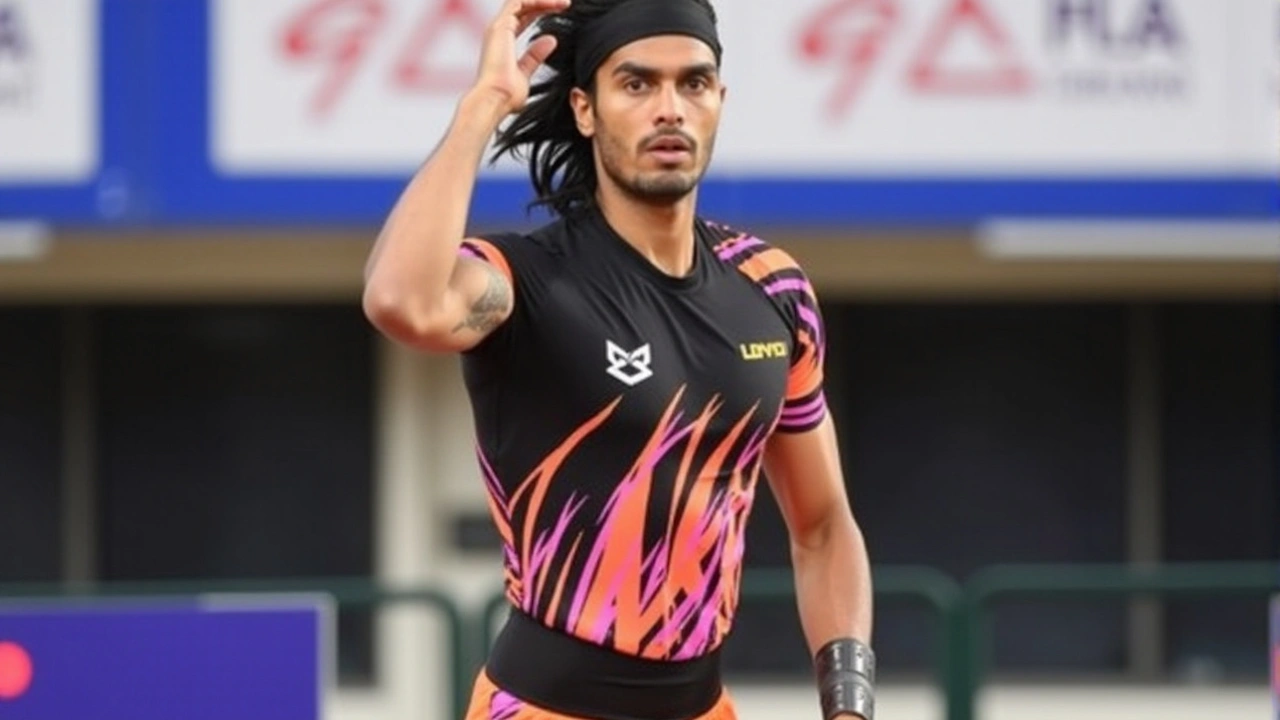Javelin Throw: Rules, Technique and Training Tips
The javelin throw looks simple: run, launch, and watch the spear fly. But small details make big differences. This page gives you clear rules, basic technique steps, useful drills and how to avoid common injuries. Whether you coach, compete or just follow athletics, you'll get practical tips you can use right away.
Basic rules and equipment
The javelin is a spear made to strict length and weight rules for each age and gender group. Throwers must start the attempt behind the foul line and release the javelin before stepping over it. The tip must hit the ground first for a valid mark. Officials measure distance from the foul line to the nearest mark where the tip landed, not where the shaft bounced.
Competitions usually allow a set number of attempts in qualifying and in finals. Wind and runway surface matter; many stadium records link to favourable wind on the day. Always check event-specific rules before competing.
Key technique points and training drills
Focus on three clear phases: the approach run, the transition (crossover) and the release. The approach builds speed and rhythm. Keep a steady run-up rather than sprinting wildly; consistent steps give a reliable rhythm for the throw.
During the crossover phase, the hips and shoulders rotate to create torque. Think of your back shoulder pulling the javelin while your front hip drives forward. Keep the throw arm relaxed until the last moment—tension kills speed.
Release angle matters. For most athletes, aim for roughly 30–36 degrees depending on speed and wind. Too steep and the javelin stalls; too flat and it crashes short. Use video to check your release angle and adjust gradually.
Simple drills: run-up rehearsals without a javelin, medicine ball throws for hip drive, and band work to strengthen shoulder stability. Practice short throws focusing on technique, not distance. Gradually increase intensity as form stays clean.
Strength training should target the posterior chain — hamstrings, glutes, back — plus core and rotator cuff exercises. Avoid heavy overhead pressing that can stress the shoulder if your technique or mobility is poor.
For beginners, use lighter practice javelins or foam tools to learn the feeling of the toss without risk. Track sessions and rest days; the shoulder needs recovery after high-intensity throwing.
Common injuries are shoulder impingement, elbow strain and lower back pain. Warm up thoroughly, include mobility work for thoracic spine and hips, and never chase distance at the cost of form. If pain starts, cut back volume and consult a sports therapist.
Want to follow top athletes? Julius Yego from Kenya is a good example — he taught himself from online videos and rose to world-class form. Watch elite meets to study rhythm, rhythm change and how athletes handle wind shifts.
Explore our tag for event coverage, athlete profiles and competition results to keep up with javelin news across Africa and the world. Try the drills, keep a training log, and focus on steady progress rather than one big throw.



